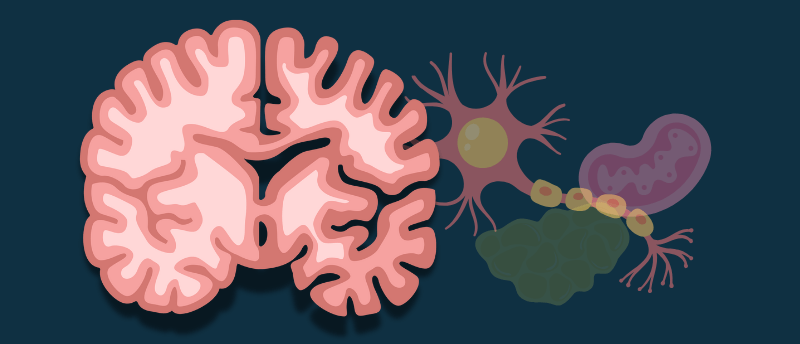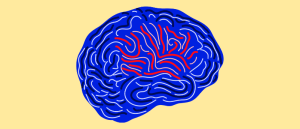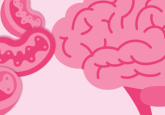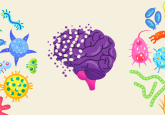How does Alzheimer’s disease affect tissues other than the brain?

A new study highlights how both neuronal and peripheral tissues become disrupted in Alzheimer’s disease.
A team of researchers from Baylor College of Medicine (TX, USA), the Jan and Dan Duncan Neurological Research Institute at Texas Children’s Hospital (TX, USA) and other collaborating institutions have investigated how Alzheimer’s disease (AD) affects different tissues within an organism. This work highlights how neuronal and peripheral tissues become disrupted in AD, providing valuable insights into brain–body communication during neurodegeneration.
AD is a neurodegenerative disease characterized by Tau protein tangles and accumulation of amyloid plaques containing the Aβ42 protein. While generally considered a disorder of the brain, emerging evidence suggests that AD also affects other tissues in the body; however, a comprehensive understanding of this is still lacking.
To investigate this, the team engineered fruit flies to express AD-associated proteins – either Aβ42 or Tau – in their neurons. They were then able to generate an AD Fly Cell Atlas based on whole-organism single-nucleus transcriptomes of 219 cell types from the heads and bodies of the flies. Using this atlas, the team assessed changes within the brain and other organs of the fruit flies.
 First disease-specific markers for frontotemporal dementia
First disease-specific markers for frontotemporal dementia
Researchers have identified proteins that are specific to frontotemporal dementia, a rare form of dementia affecting younger people.
“We found that expressing Aβ42 or Tau in neurons affected both neurons and other tissues in the fruit fly body,” said co-first author Ye-Jin Park (Baylor College of Medicine). Specifically, they found that Aβ42 expression primarily affected the nervous system, while Tau expression primarily affected the peripheral tissues.
The team observed that the sensory neurons – those involved in vision, audition and olfaction – were particularly vulnerable to Aβ42 expression. On the other hand, Tau expression led to alterations that mimicked age-associated changes, such as defects in fat metabolism and reduced fertility, suggesting that expression of Tau can accelerate aging. The team also discovered that neuronal connectivity, which is involved in mediating brain–body communication, was disrupted in flies expressing Tau.
“These and other findings described in the Alzheimer’s Disease Fly Cell Atlas improve our understanding of how Alzheimer’s disease-associated proteins, Aβ42 and Tau, affect an organism as a whole,” concluded co-corresponding author Hugo Bellen (Baylor College of Medicine).
This Alzheimer’s Disease Fly Cell Atlas will facilitate further research into how AD-associated proteins systemically and differentially affect a whole organism, ultimately leading to a better understanding of AD.





